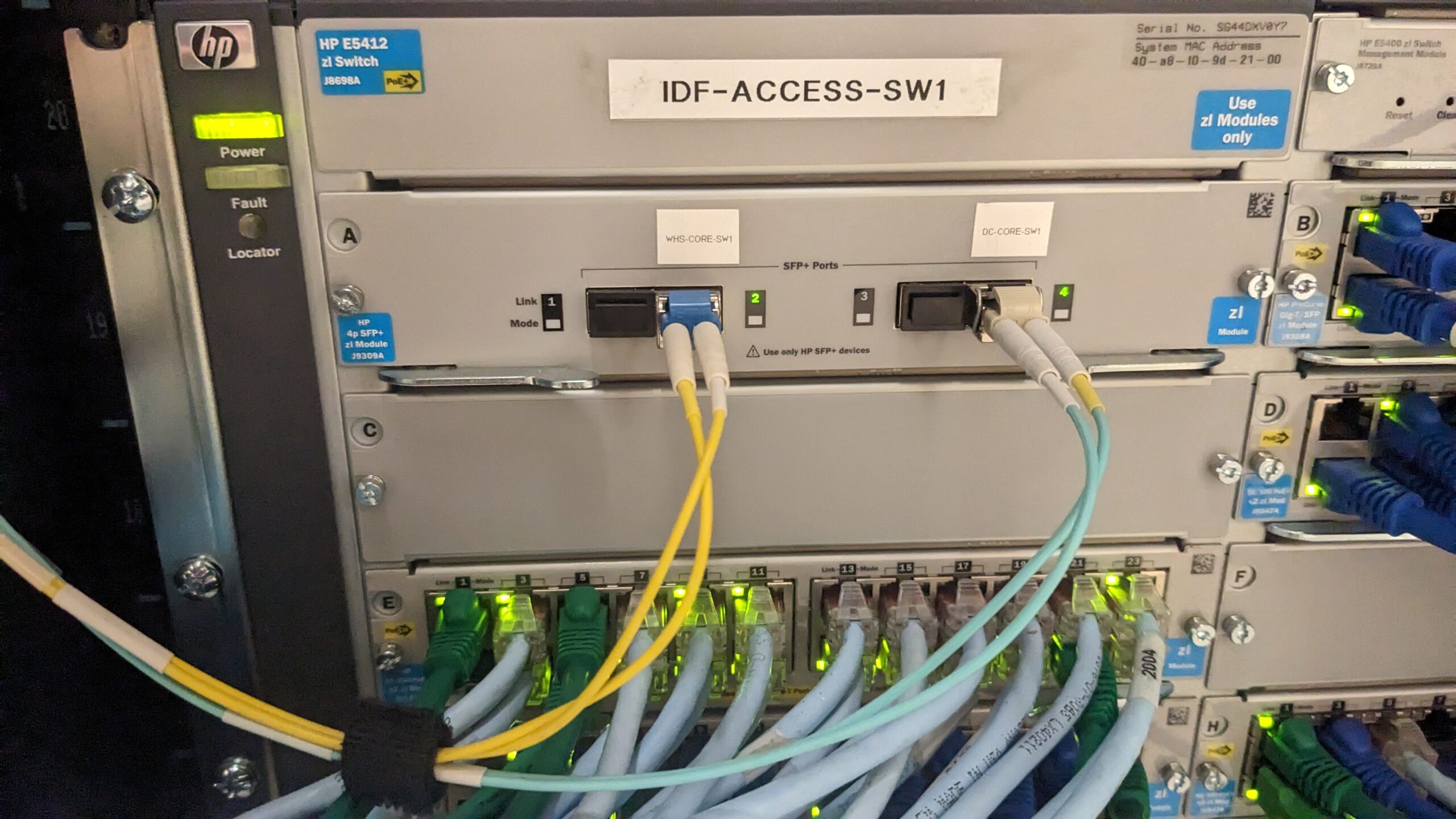1. Wi-Fi
Definition:
Wi-Fi is a technology that allows devices to connect to a network wirelessly using radio waves. It is based on the IEEE 802.11 standards and is widely used for providing wireless internet access in homes, offices, and public spaces.
Usage:
- Wireless Connectivity: Wi-Fi enables devices like laptops, smartphones, tablets, and smart home devices to connect to the internet without the need for physical cables.
- Network Access Point: A Wi-Fi router acts as an access point to which devices can connect, allowing them to communicate with each other and access the internet.
- Multitude of Standards: Wi-Fi standards (e.g., 802.11a/b/g/n/ac/ax) define the frequency bands and speeds supported, impacting the network’s performance and range.
2. Ethernet
Definition:
Ethernet is a widely used networking technology for connecting devices in a Local Area Network (LAN) using wired connections. It operates over various types of cable (most commonly twisted pair cables) and was standardized by IEEE 802.3.
Usage:
- Wired Connectivity: Ethernet is typically used for connecting computers, routers, switches, and other networking devices, providing reliable, high-speed connections.
- Networking Standards: Different Ethernet standards offer varying data rates (e.g., Fast Ethernet at 100 Mbps, Gigabit Ethernet at 1 Gbps, and 10 Gigabit Ethernet).
- Stable Connection: Ethernet connections are generally more stable and have lower latency compared to wireless connections, making them ideal for gaming, video conferencing, and high-bandwidth applications.
3. Bandwidth
Definition:
Bandwidth refers to the maximum rate at which data can be transmitted over a network connection in a given amount of time, usually measured in bits per second (bps). It represents the capacity of the connection.
Usage:
- Data Transfer Rates: Higher bandwidth allows more data to be transmitted simultaneously, which is essential for activities like streaming high-definition videos, online gaming, and large file transfers.
- Network Performance: While bandwidth is important, actual performance can depend on other factors, like network congestion and latency.
- Planning and Management: Network engineers monitor bandwidth usage to ensure sufficient capacity for users and applications, preventing slowdowns and ensuring quality of service (QoS).
4. Latency
Definition:
Latency is the time it takes for data to travel from one point to another in a network, often measured in milliseconds (ms). It is the delay between sending a request and receiving a response.
Usage:
- Measurement of Delay: Low latency is crucial for real-time applications such as online gaming, video conferencing, and VoIP calls, where delays can significantly impact user experience.
- Factors Affecting Latency: Latency can be affected by several factors, including the physical distance between devices, network congestion, and routing inefficiencies.
- Network Optimization: Network administrators aim to minimize latency to provide responsive and efficient network services.
5. Packet
Definition:
A packet is a formatted unit of data carried by a packet-switched network. In networking, data is broken down into smaller packets for efficient transmission over networks, and each packet includes information such as source and destination addresses.
Usage:
- Data Transmission: Large files or messages are divided into smaller packets to be sent across the network, allowing for error checking and recovery if packets are lost in transit.
- Network Protocols: Different protocols (e.g., TCP/IP) define how packets are structured, addressed, and handled during transmission.
- Efficiency and Reliability: Using packets enables networks to efficiently manage bandwidth and retransmit lost data packets, ensuring reliable communication.
Summary
In summary, Wi-Fi provides wireless connectivity for devices, while Ethernet offers a wired solution for efficient network connections. Bandwidth measures the data transfer capacity of a network, whereas latency indicates the delay in data transmission. Finally, packets are the units of data that allow for organized and efficient networking communication. Each of these terms plays a significant role in how data is transmitted and received over various types of networks.

